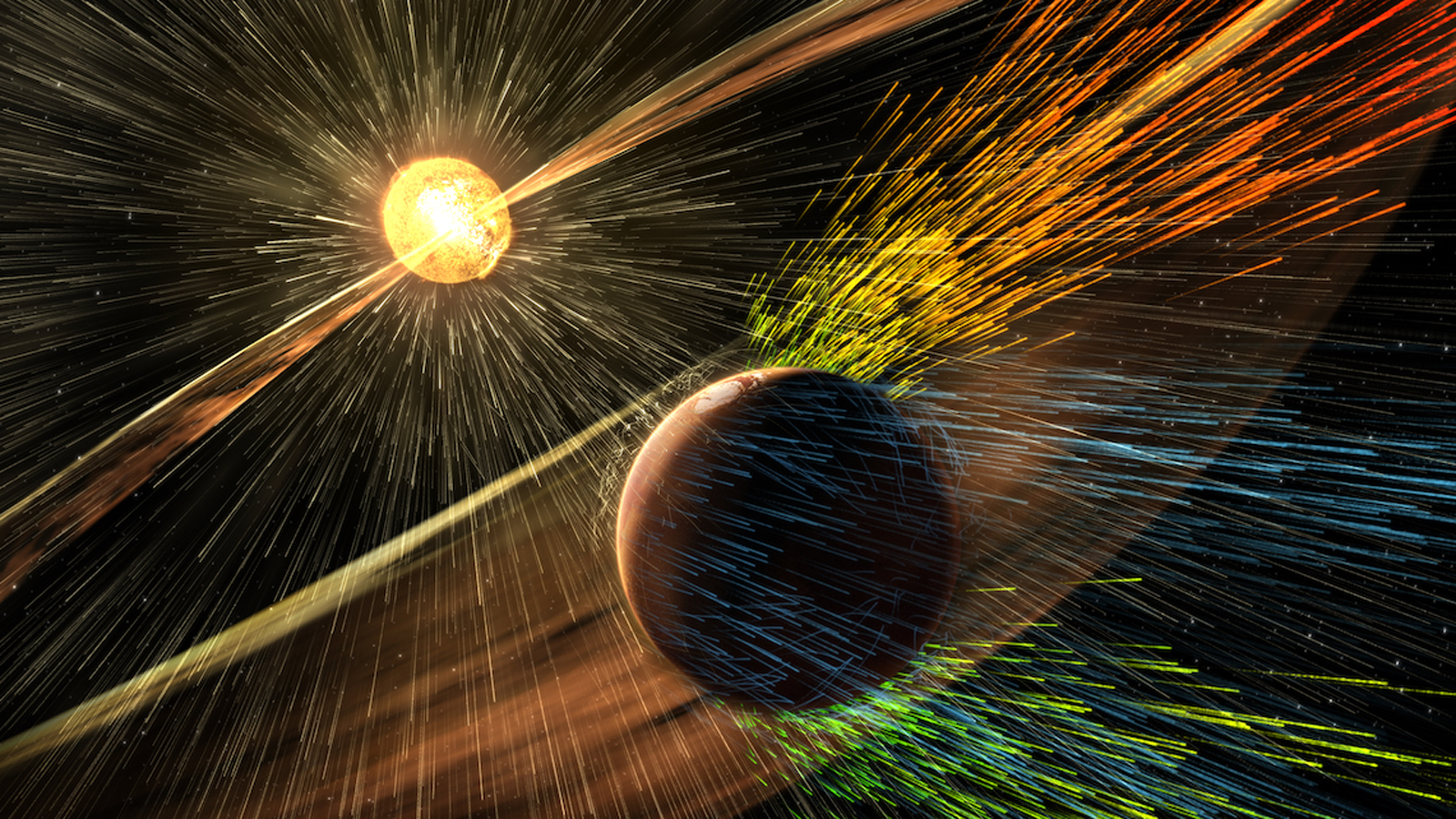We need to be prepared for a devastating solar storm, researchers warn

In 1859, an enormous solar flare struck the Earth's magnetic field. As well as causing magnificent auroras as far south as the Sahara desert, it wreaked havoc on the nascent electrical systems operating between Europe and North America.
In some cases, telegraph operators were given electric shocks from their equipment, and some found it would operate even when unplugged. That geomagnetic storm, known as the Carrington Event, is thought to have been one of the largest on record.
On July 23, 2012, a similar-sized flare tore out of the Sun's corona and whipped out into space. Luckily, it missed the Earth by about nine days. If it had hit, the damage would have been immense - it would have shut down communications satellites and GPS, grounded aircraft, and cut off power supplies.
Even when the storm passed and the systems came back online, data in magnetic storage (including all hard drives and SSDs) would have been irrecoverably damaged. The cost of such an event? In a 2013 estimate, focusing solely on the United States, Lloyds put the price of the resulting damage as high as $2.6 trillion. Today, it's undoubtedly higher still.
The spectre of a major solar flare hitting the Earth is why solar storm researchers are desperately pushing governments to make contingency plans.
"Once systems start to fail, (the outages) could cascade in ways we can't even conceive," said Daniel Baker, director of the Laboratory for Atmospheric and Space Physics at the University of Colorado, at a recent space weather conference in Washington, DC.
Contingency Plans
The US government has already drawn up a strategy to deal with the risk of what it describes as a "low probability but high-impact event", involving research, forecasting and mitigation.
Sign up for breaking news, reviews, opinion, top tech deals, and more.
The Federal Emergency Management Agency (FEMA) recently added space weather to its daily operations briefings. But many other countries - particularly in the developing world - have no such plans.
For the US, the next step is to assess the range of damage possibilities depending on the size of the storm. "The technological and biological impacts of severe space weather events are now firmly in the federal government's sights," said Andrew Gerrard, director of the New Jersey Institute of Technology's Center for Solar-Terrestrial Research.
"All things being equal, increased research funding from the represented federal agencies will further bolster the incorporation of 'space weather' into our daily lives. Such development will enable the solar-terrestrial community to, for the first time, see a solar storm, track its approach, and prepare accordingly."
